Bee Sting Treatment: A Comprehensive Guide for Everyone Who Enjoys The Outdoors
As small-scale beekeepers, we share a unique bond with these fascinating creatures. Bees play a crucial role in our ecosystem, particularly in pollination, which supports biodiversity and food production. However, this relationship comes with its challenges, especially when a bee sting occurs. And when that happens, we need to always be prepared in the best way to apply a relevant bee sting treatment before our condition gets any worse.
While we aim to educate others on the importance of respecting bees, it's equally important to understand how to manage a bee sting properly and provide a proper bee sting treatment to the person who needs it, especially if they are allergic - it could be a matter of seconds to save their life.
This article will explore effective bee sting treatments, providing you with the knowledge to handle such situations confidently and safely. We'll also touch on how to care for your dog if they encounter a bee sting. Spoiler alert: It has happened to our dog when she was a puppy and trust me, a puppy yelp in pain is the most heartbreaking sound you will ever hear as a dog owner.
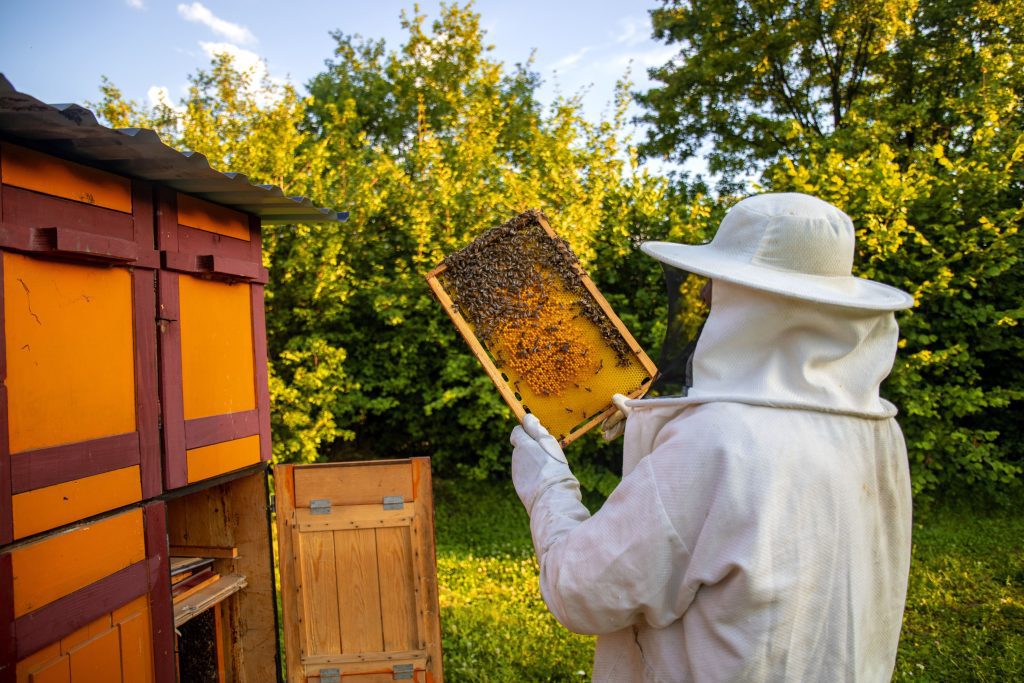
Understanding Bee Stings: The Basics
Before diving into bee sting treatment, it's essential to understand what happens when a bee stings you. When a bee stings, it injects venom through its stinger into your skin. This venom contains proteins that affect skin cells and the immune system, causing pain, swelling, and other symptoms.
Bees typically sting in defense, so most stings occur when they feel threatened. Unlike wasps and hornets, a honeybee will sting only once because it leaves its stinger behind, along with part of its abdomen, and subsequently dies. This unique behavior is crucial to understand, as the proper removal of the stinger is the first step in bee sting treatment.
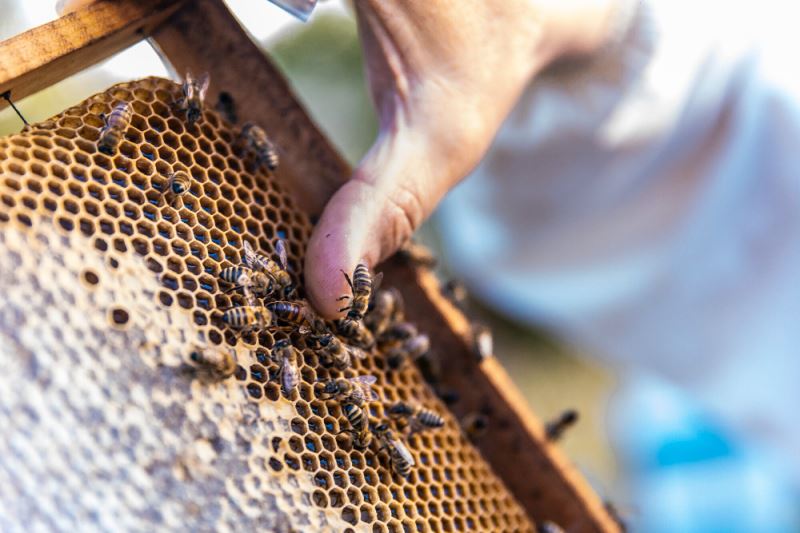
Immediate Steps to Take After a Bee Sting
Remove the Stinger Promptly
The first and most critical step in bee sting treatment is to remove the stinger as quickly as possible. The longer the stinger stays embedded in your skin, the more venom it releases, which can increase pain and swelling. Use a flat-edged object like a credit card or your fingernail to scrape the stinger out. Avoid using tweezers or pinching the stinger, as this can squeeze more venom into the skin.
- According to a study published in the Journal of Allergy and Clinical Immunology, removing the stinger within the first 20 seconds significantly reduces the amount of venom injected and the severity of the reaction.
Wash the Area
After removing the stinger, wash the affected area with soap and water. This helps to clean the wound and prevent infection. It's a simple yet crucial step in the bee sting treatment, that should not be overlooked.
Apply a Cold Compress
Applying a cold compress or an ice pack to the sting site can help reduce swelling and numb the pain. Wrap the ice in a cloth to avoid direct contact with your skin, and apply it for 10 to 15 minutes every hour as needed.
- The cold constricts blood vessels, which helps reduce the spread of venom and the body's inflammatory response. A study published in Annals of Allergy, Asthma & Immunology suggests that cold compresses are effective in managing pain and swelling from insect stings.
Take an Antihistamine
If you experience itching or swelling beyond the immediate area of the sting, consider taking an oral antihistamine like diphenhydramine (Benadryl) or cetirizine (Zyrtec). These medications help counteract the body's histamine response to the bee venom.
- Antihistamines block the action of histamine, a chemical released during an allergic reaction. Research from the American Academy of Allergy, Asthma & Immunology shows that antihistamines can effectively reduce the symptoms of mild to moderate allergic reactions to bee stings.
Manage Pain and Inflammation
Over-the-counter pain relievers such as ibuprofen (Advil) or acetaminophen (Tylenol) can help alleviate pain and reduce inflammation. Follow the dosage instructions on the label and always consult with a pharmacist or a doctor, whether these or any pain relievers are alright to use by you or the person in question, as sometimes they can do more harm than good.
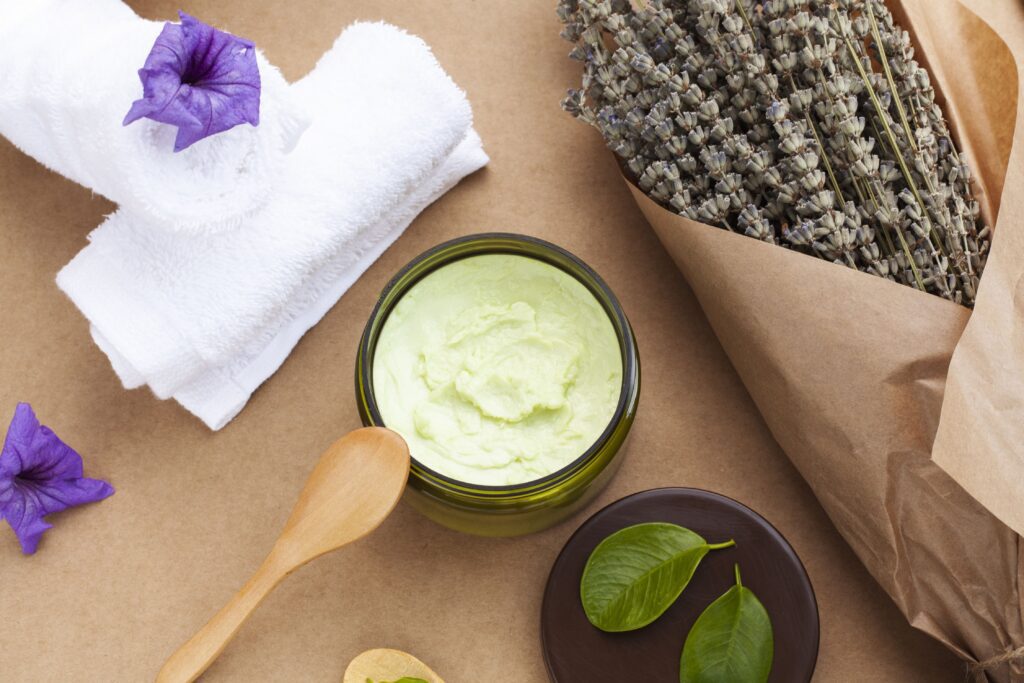
Recognizing and Treating Severe Allergic Reactions
For most people, a bee sting results in mild, temporary discomfort. However, some individuals may experience a severe allergic reaction known as anaphylaxis, which can be life-threatening and requires immediate medical attention. Symptoms of Anaphylaxis can be having difficulty breathing, Swelling of the face, lips, or throat, Rapid pulse, Dizziness or fainting, Nausea, vomiting, or diarrhea.
If you or someone else exhibits these symptoms after a bee sting, take the following steps:
- Call Emergency Services Immediately: Time is critical in treating anaphylaxis, so call 112 or your local emergency number right away.
- Use an Epinephrine Auto-Injector: If the person has a known allergy and carries an epinephrine auto-injector (like an EpiPen), administer it according to the instructions. Epinephrine is the first-line treatment for anaphylaxis as it quickly reduces symptoms and prevents progression .
- Lie Down and Stay Calm: Keeping the person calm and lying down with their legs elevated can help maintain blood flow to vital organs.
- Follow Up with Medical Care: Even if the symptoms improve after administering epinephrine, seek immediate medical attention, as further treatment may be necessary.
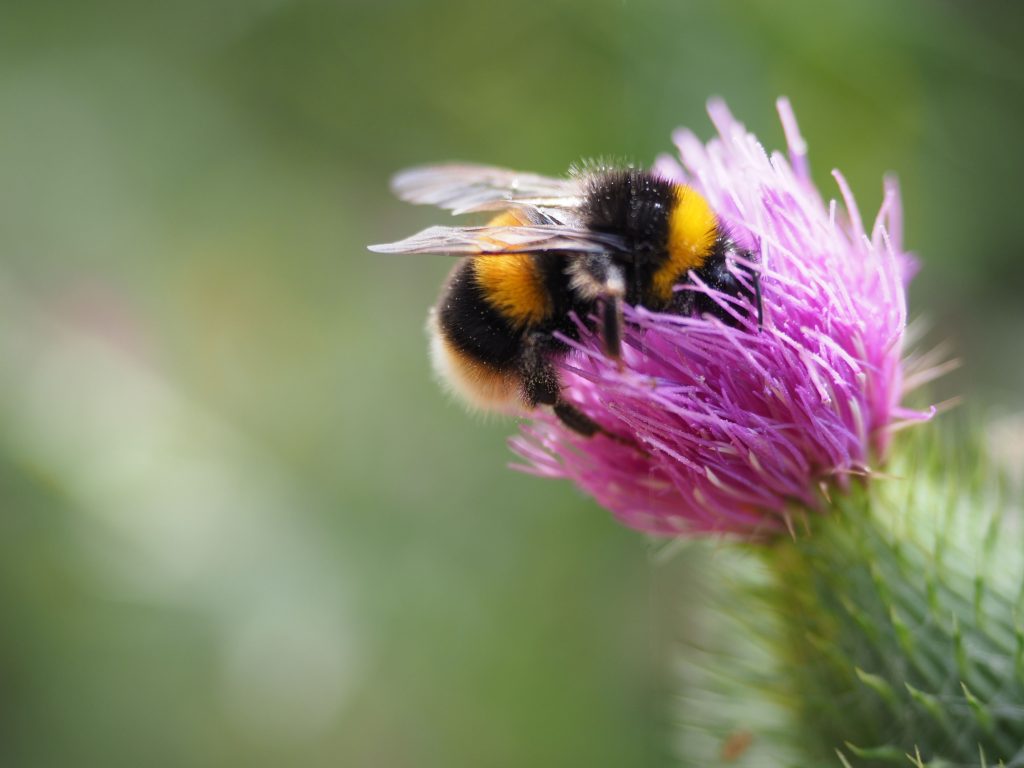
Home Remedies and Natural Bee Sting Treatments
While conventional bee sting treatments are effective, many people seek natural remedies to complement or replace over-the-counter options. Here are some scientifically supported home remedies used in bee sting treatments:
- Research published in the Journal of Ethnopharmacology supports the use of lavender oil for its anti-inflammatory and analgesic effects, though more studies are needed to confirm its specific effectiveness for bee stings.
Baking soda is an alkaline substance that can help neutralize the acidity of bee venom. Mix baking soda with a small amount of water to form a paste, then apply it to the sting site.
- While there is limited direct scientific evidence supporting baking soda for bee stings, its ability to neutralize acidic substances has been well-documented in the context of other acidic injuries.
Honey, produced by the bees themselves, has natural antibacterial properties that can help prevent infection and soothe the skin. Apply a small amount to the sting site and cover it with a loose bandage.
- Honey has been shown in studies, such as one published in the Journal of Wound Care, to possess wound-healing and antibacterial properties, making it a useful home remedy for minor skin injuries like bee stings.
Apple cider vinegar is another popular home remedy believed to neutralize bee venom. Soak a cotton ball in vinegar and apply it to the sting site for 15 minutes. The acidic nature of vinegar may help balance the pH of the skin after a bee sting. While direct evidence is scarce, vinegar has been used traditionally for insect stings and bites .
Aloe vera has anti-inflammatory and soothing properties that can help reduce pain and swelling from a bee sting. Apply fresh aloe vera gel directly to the affected area.
- Studies, such as one published in the Indian Journal of Dermatology, have highlighted aloe vera's efficacy in reducing skin inflammation and promoting healing, making it a good option for treating bee stings.
Lavender essential oil is known for its anti-inflammatory and pain-relieving properties. Dilute a few drops of lavender oil with a carrier oil (like coconut or olive oil) and apply it to the sting site.

Prevention Tips for Avoiding Bee Stings
As much as we value bees, avoiding stings is always the best approach. Here are some practical tips to minimize the risk of being stung:
Keep Food and Drinks Covered: Bees are attracted to sugary foods and drinks. When picnicking or eating outdoors, keep your food and beverages covered to avoid attracting bees.
Wear Protective Clothing: When working around bees, wear long sleeves, pants, gloves, and a bee veil to protect your skin from accidental stings.
Avoid Strong Scents: Bees are attracted to strong floral scents, so avoid wearing perfume, cologne, or scented lotions when you are near bees.
Move Calmly and Slowly: Bees are less likely to sting if they don't feel threatened. Avoid sudden movements and stay calm around bees.
Don't Swat at Bees: Swatting at bees can provoke them to sting. Instead, gently brush them away or remain still until they leave.
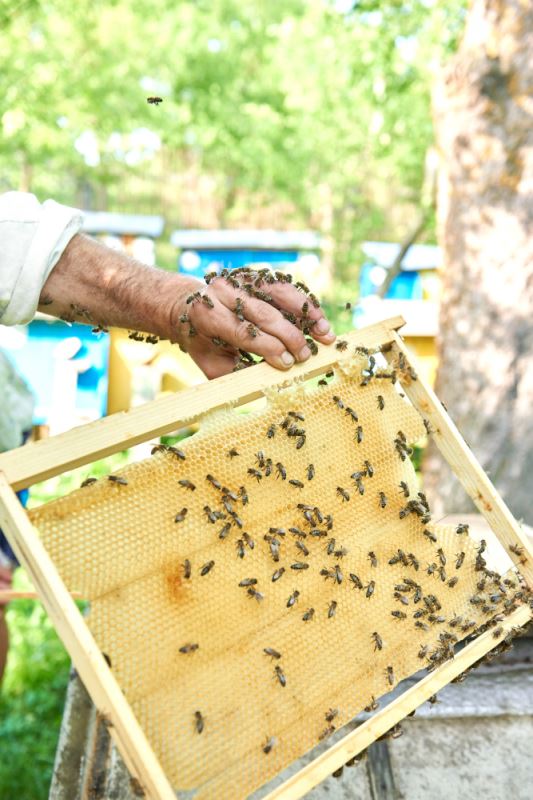
Bee Sting Treatment for Dogs
Just like humans, dogs can also experience the same discomfort, and the bee sting treatment approach is somewhat similar. Here’s what to do if your dog gets stung by a bee:
- A study published in the Journal of Veterinary Emergency and Critical Care suggests that prompt removal of the stinger and appropriate use of antihistamines can effectively manage mild to moderate bee sting reactions in dogs.
- Remove the Stinger: Carefully inspect the area where your dog was stung and remove the stinger if it is visible. Use a credit card or fingernail to gently scrape it out, avoiding squeezing the venom sac.
- Apply a Cold Compress: To reduce swelling and pain, apply a cold compress to the sting site for 10-15 minutes. Make sure to wrap the ice in a cloth to prevent frostbite.
- Monitor for Allergic Reactions: Dogs, like humans, can have allergic reactions to bee stings. Watch for signs such as excessive swelling, difficulty breathing, vomiting, or collapse. If any of these occur, seek emergency veterinary care immediately.
- Administer Antihistamines (If Advised by a Vet): Some veterinarians recommend giving dogs a dose of antihistamines like diphenhydramine (Benadryl) to reduce swelling and discomfort. Consult your vet for the appropriate dosage based on your dog's weight and condition.
- Keep Your Dog Calm: Encourage your dog to rest and avoid strenuous activity for the next few hours to help reduce the spread of venom and allow the body to heal.
Conclusion
Bee stings are an unfortunate but often inevitable part of being a beekeeper or simply enjoying the outdoors. Knowing how to apply a bee sting treatment quickly and effectively is essential for minimizing discomfort and preventing complications. By following the steps outlined in this guide, you can confidently handle bee stings for yourself and your loved ones - including your pets.
Remember, while bee stings can be painful, they are also a reminder of the vital role bees play in our environment. By respecting these incredible creatures and understanding how to manage stings, we can coexist harmoniously and continue to benefit from the essential work they do for our world.
For more information on beekeeping, bee conservation, or health-related concerns, stay connected with our community. And always remember, when in doubt, seek professional medical or veterinary advice to ensure the safety and well-being of everyone involved.
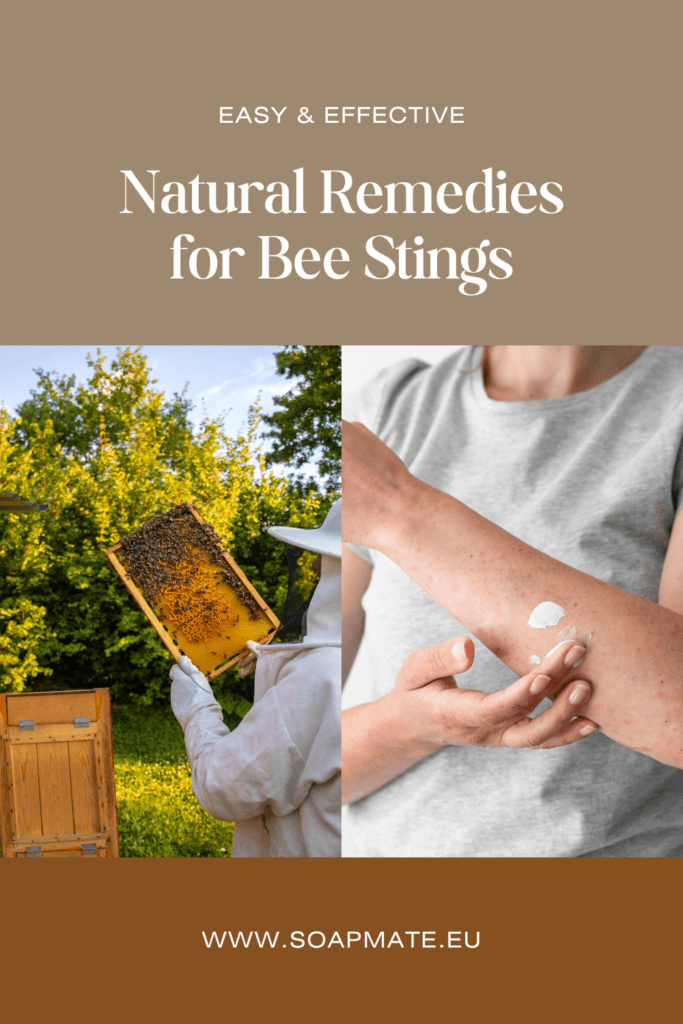
This article was on the topic of what are the possible bee sting treatments and how to handle these events quickly, carefully and effectively.
